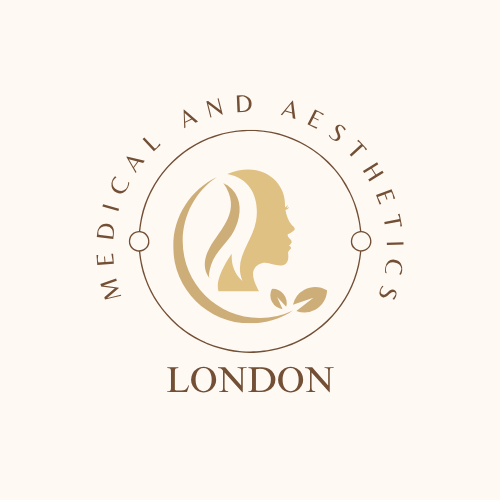Non-surgical aesthetics, also known as non-invasive aesthetics or minimally invasive aesthetics, refers to a range of cosmetic procedures that aim to enhance one’s appearance without the need for surgery. These procedures typically involve minimal downtime, fewer risks, and lower costs compared to traditional surgical options. They have become increasingly popular in recent years as they offer quick, effective, and relatively less invasive alternatives for people seeking aesthetic improvements.
Some common non-surgical aesthetic procedures include:
- Dermal fillers: Injectables made from hyaluronic acid or other substances that are used to fill wrinkles, lines, and add volume to areas like the cheeks or lips.
- Botulinum toxin (Botox): Injections of a purified toxin that temporarily paralyze facial muscles to reduce the appearance of wrinkles and fine lines, particularly in the forehead and around the eyes.
- Chemical peels: The application of a chemical solution to the skin, which exfoliates and helps improve the texture and appearance of the skin.
- Microdermabrasion: A mechanical exfoliation technique that removes dead skin cells, improving skin texture and promoting a more youthful appearance.
- Laser treatments: The use of focused light energy to address various skin issues, such as pigmentation problems, acne scars, and skin tightening.
- Ultrasound or radiofrequency treatments: These methods use heat to stimulate collagen production and improve skin firmness and elasticity.
- Cryolipolysis (CoolSculpting): A non-invasive fat reduction procedure that freezes and eliminates fat cells in targeted areas.
- Laser hair removal: Using laser technology to permanently reduce hair growth in specific areas of the body.
- Thread lifting: The insertion of dissolvable threads under the skin to lift and tighten sagging skin.
It’s important to note that while non-surgical aesthetic procedures can provide significant improvements, they are not permanent solutions, and maintenance treatments may be required to sustain the results. As with any cosmetic procedure, it’s essential to consult with a qualified and experienced medical professional before undergoing any non-surgical aesthetic treatment to ensure that it is suitable for your individual needs and goals.

